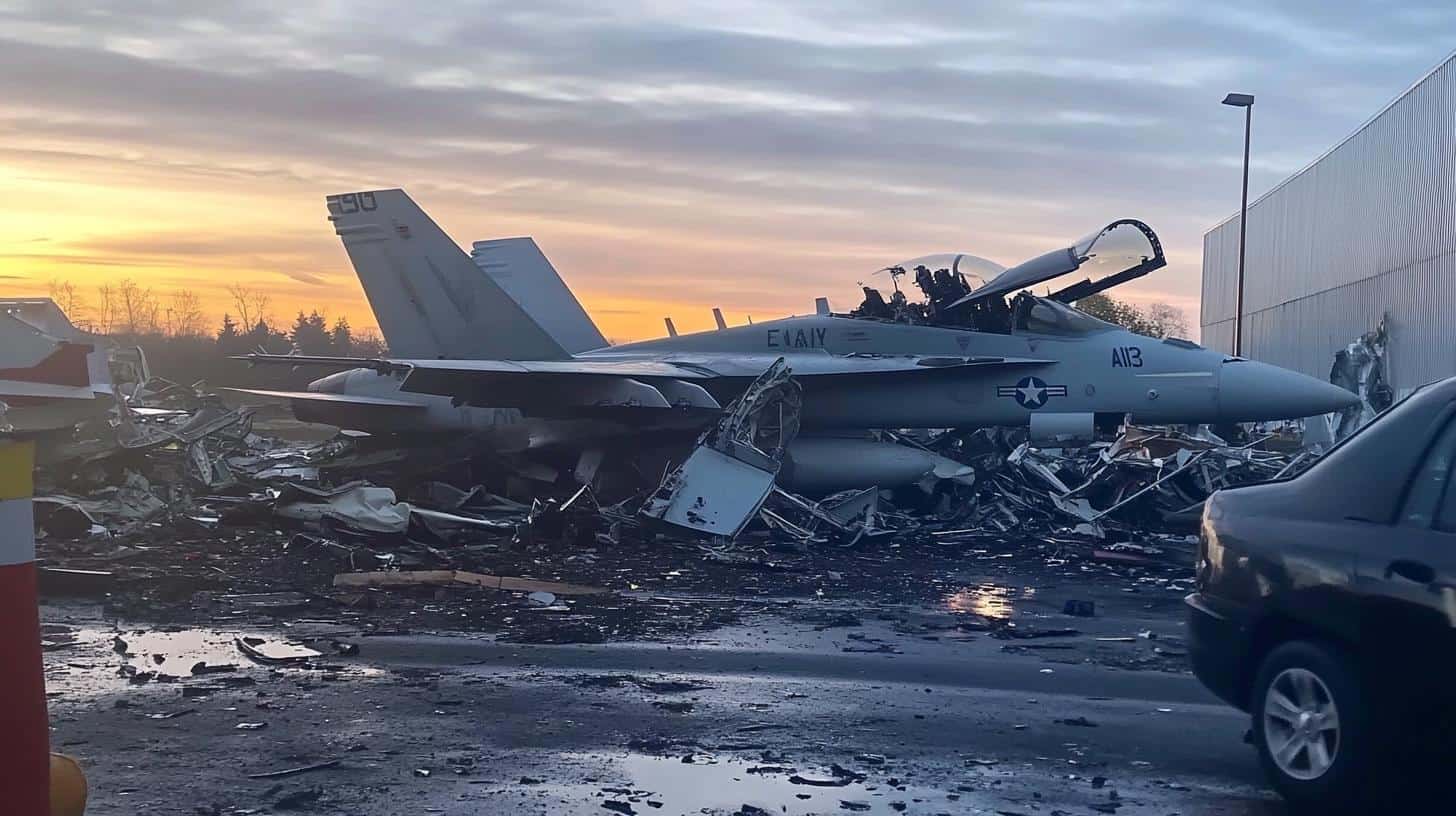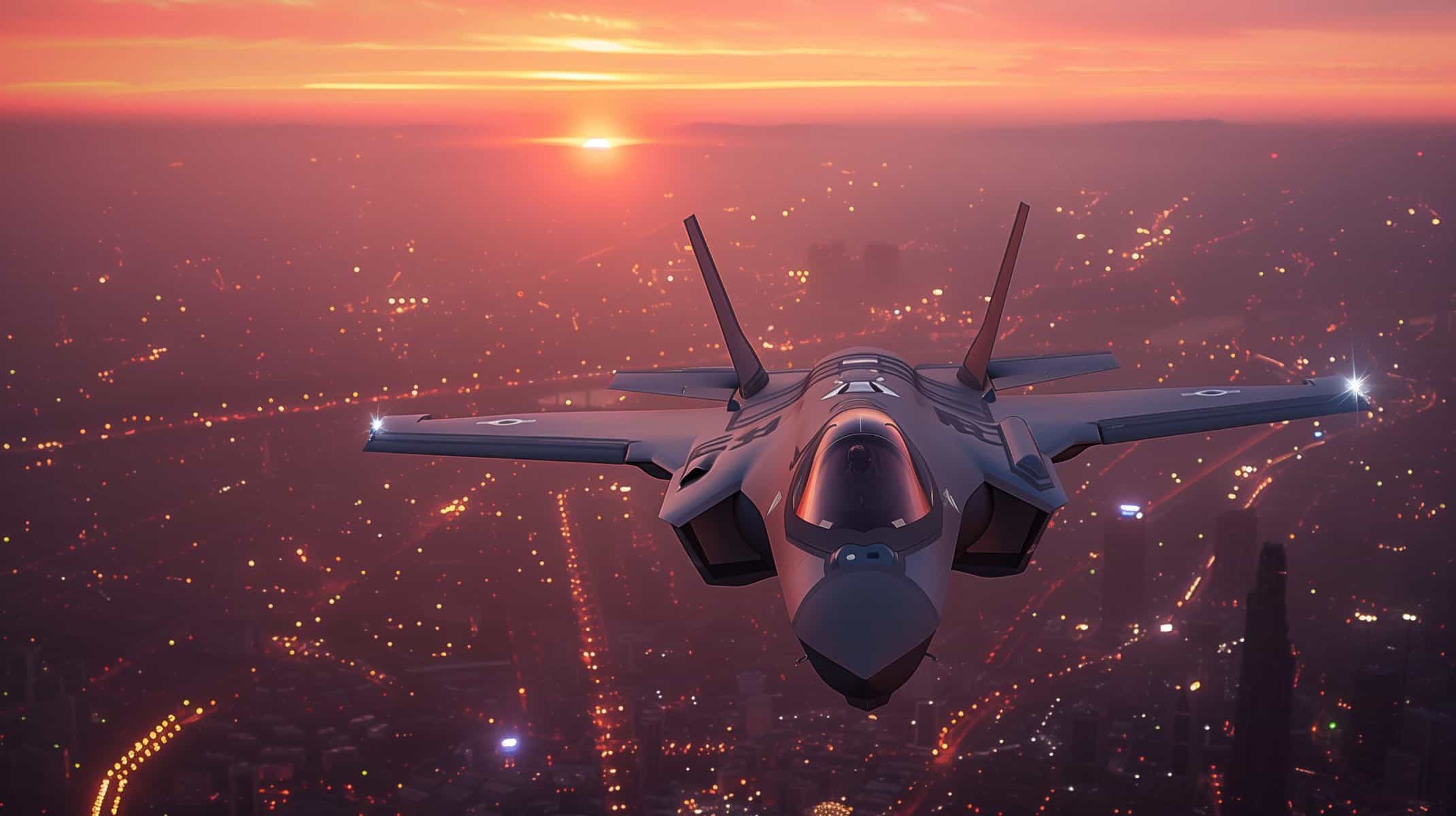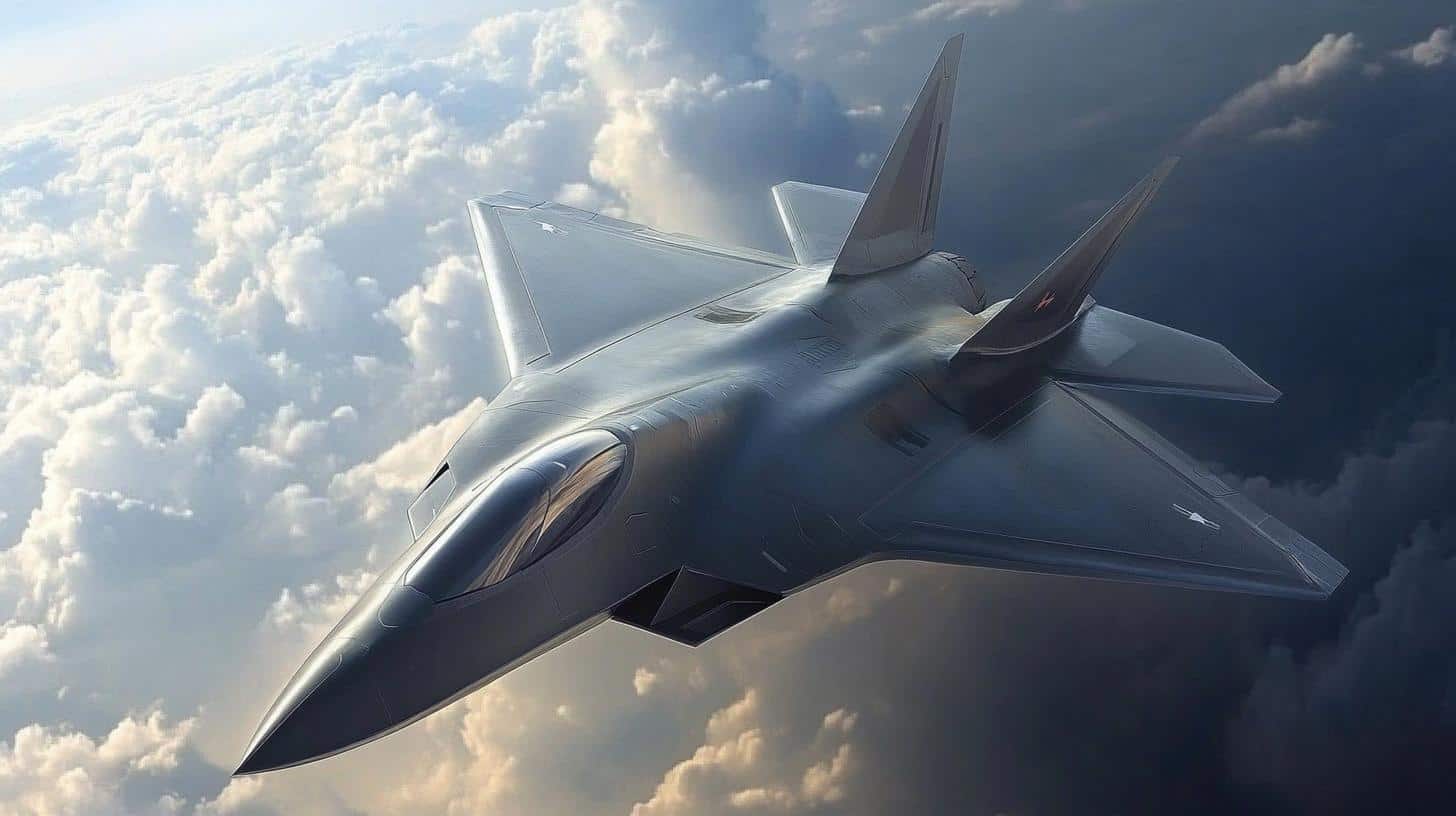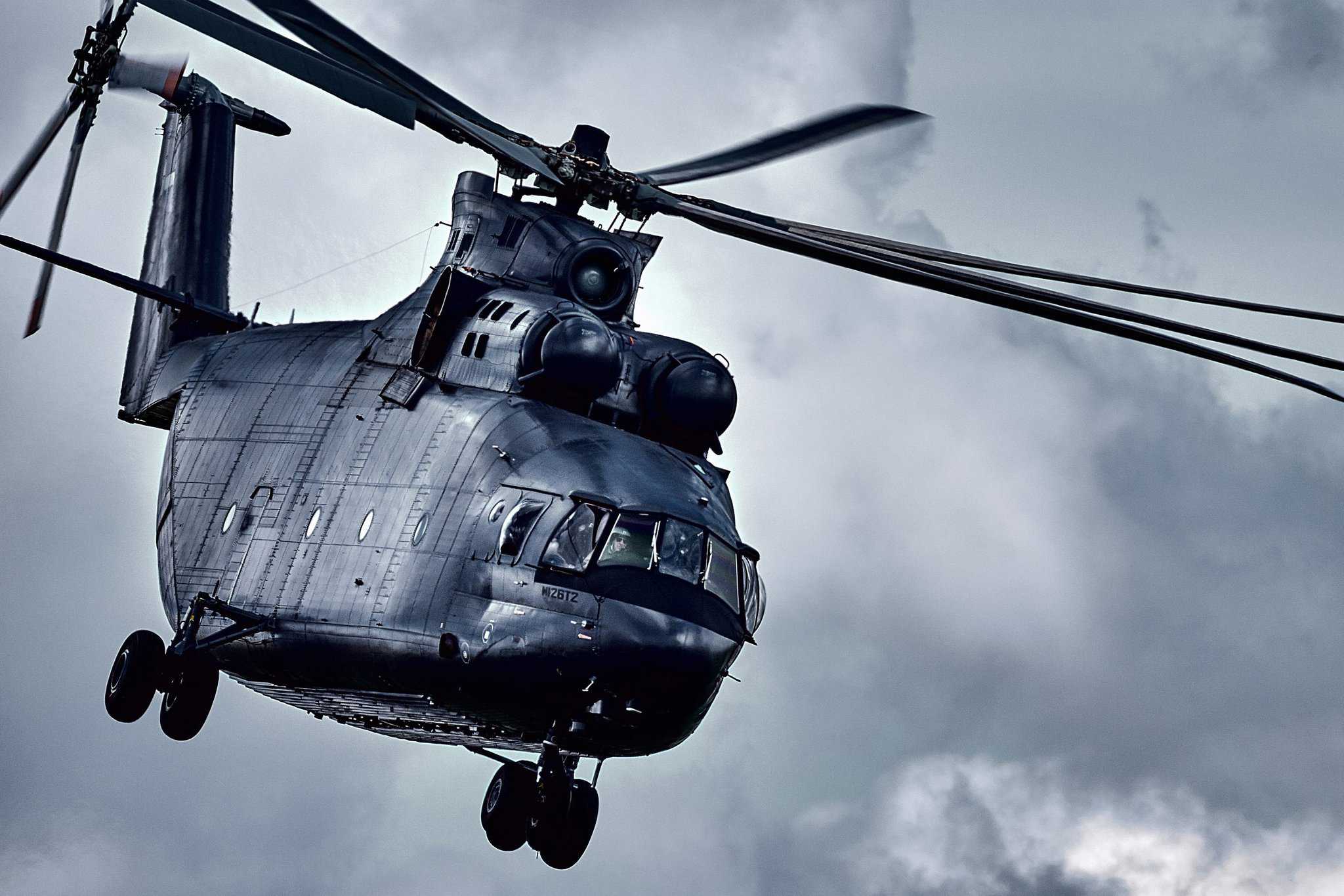- An Australian P-8 surveillance plane narrowly avoided flares from a Chinese J-16 fighter jet over the South China Sea, marking hazardous military conduct.
- Australia criticized the close encounter as professionally negligent, urging adherence to international military conduct norms.
- This was the first significant aerial encounter between China and Australia in nine months, recalling previous dangerous incidents.
- Escalating tensions in the Indo-Pacific region highlight the risk of military engagements in contested areas.
- Australia is strengthening its defense capabilities through the Aukus alliance with the US and the UK, focusing on nuclear-powered submarines.
- The incident underscores the importance of mutual restraint and clear communication in international military interactions.
A tense aerial ballet unfolded high above the South China Sea this week, as an Australian P-8 surveillance plane narrowly dodged flares launched by a Chinese J-16 fighter jet. The flares blazed forth with an intimidating grace, closing in at a perilously close 30 meters from the Australian aircraft.
The incident, flagged as hazardous and professionally negligent by Canberra, has once again elevated worries over the already fraught interactions between these two nations’ military forces in international airspace. Australia, sounding the alarm, has put forward a firm reminder that it expects all nations to conduct military operations responsibly and with respect for international norms.
As the details unraveled, the encounter marked the first brush between China and Australia in nine months, reviving memories of previous close calls. Just last May, an Australian helicopter narrowly avoided flares from another Chinese fighter, and in a separate incident, Australian divers faced injuries from Chinese sonar activity off the coast of Japan.
This latest skirmish underlines the delicate, often combustible, nature of modern military engagements in contested areas. With rising tensions in the Indo-Pacific, Australia’s alliance with the US and the UK, through the Aukus partnership, aims to bolster its defense capabilities, significantly enhancing its maritime strength with nuclear-powered submarines.
At its core, this incident speaks to the razor-thin margins that define international military interactions today. While technology and diplomacy advance, the need for mutual restraint and clear communication is more pressing than ever.
Danger in the Skies: What the Australian-Chinese Aerial Standoff Means for Global Security
Understanding the Tensions
The recent aerial incident in the South China Sea between an Australian P-8 surveillance plane and a Chinese J-16 fighter jet is illustrative of broader geopolitical tensions in the Indo-Pacific region. These interactions are becoming more frequent and fraught with danger, raising significant concerns about potential conflicts escalating from such encounters.
How Technology Impacts Modern Warfare
1. Advanced Military Aircraft: Both countries are using state-of-the-art technology in military aircraft, which raises questions about advancements in airborne defense systems and the role of these technologies in international naval doctrines.
2. Surveillance and Reconnaissance: The use of surveillance planes like the P-8 Poseidon by Australia highlights the importance of intelligence gathering. How effective are these operations, and what risks do they pose in a tense international landscape?
The Strategic Importance of the Indo-Pacific
The Indo-Pacific region is crucial for geopolitical stability, trade, and military strategy. Contested waters such as the South China Sea serve as critical maritime pathways for global commerce. Understanding the strategic objectives of nations operating in these areas can clarify why tensions run high.
Impact of the Aukus Partnership
The Aukus agreement between Australia, the UK, and the US aims to enhance Australia’s defense capabilities, primarily through the introduction of nuclear-powered submarines. What are the implications of this partnership in terms of regional power balance and military strength?
Controversial Issues and Security Concerns
– International Norms and Diplomacy: Questions arise about the adherence to international norms during military operations. How are countries like China and Australia communicating and negotiating these interactions diplomatically?
– Risks of Escalation: Incidents such as this raise the risks of accidental escalation into broader conflict. What measures are in place to prevent such outcomes, and how effective have they been historically?
Market Analysis and Defense Spending
Australia and China both invest significantly in their military capabilities. Exploring trends in defense budgets can provide insights into how these countries prioritize security and defense over other expenditure areas.
Environmental and Sustainability Considerations
Military activities have environmental impacts, particularly in ecologically sensitive areas like the Indo-Pacific. To what extent are defense strategies considering sustainability, and what innovations are underway to minimize ecological footprints?
Predictive Insights
Looking forward, tension in the South China Sea is expected to persist. Can enhancements in diplomatic processes or new technological innovations alleviate these pressures, or will the military capabilities in the region continue to escalate?
Related Questions
1. What are the primary challenges facing diplomatic negotiations in the Indo-Pacific?
2. How do military transparency and confidence-building measures work to prevent aerial confrontations?
3. What roles do international organizations play in monitoring these tense interactions?
For further insights into the evolving dynamics of international security and defense strategies, consider visiting reputable sources such as the RAND Corporation and the Center for Strategic and International Studies.
By exploring these issues, one gains a comprehensive view of the intricate balance of military power, diplomacy, and technology in maintaining global security.

















